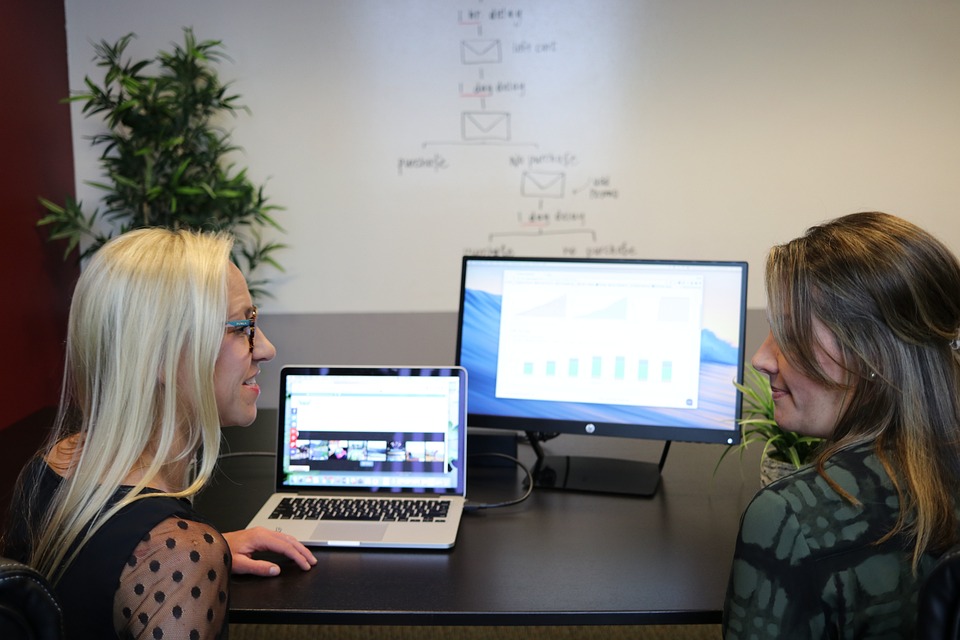Robust software is the backbone of modern technology. From mobile apps to desktop programs, every application needs to be reliable, efficient, and secure. Achieving these qualities takes a lot of hard work, expertise, and creativity. In this article, we will explore the art of building robust software and share tips and techniques from top developers.
# Understanding Software Robustness
Robustness refers to the ability of software to withstand stress, perform as expected, and recover gracefully from errors. The goal of building robust software is to create an application that works correctly and consistently under diverse conditions, such as different operating systems, hardware, network connections, and user actions.
Robust software is a crucial aspect of user experience. No one wants to deal with crashing apps, frozen screens, or lost data. Moreover, robust software contributes to the overall quality of the system, from security to performance to scalability.
# Tips and Techniques for Building Robust Software
Now let’s dive into some tips and techniques for building robust software:
## 1. Plan and Design Carefully
The first step in building robust software is to plan and design carefully. This means understanding the requirements, constraints, and goals of the application, as well as considering the potential risks and challenges.
Developers should invest time in creating a solid architecture, choosing the right tools, frameworks, and libraries, and designing intuitive and user-friendly interfaces. Planning and design also involve testing and validation, which we will cover in more detail below.
## 2. Follow Best Practices
Building robust software requires adhering to best practices in coding, testing, and deployment. These practices include:
– Writing clear and concise code that is easy to read, maintain, and debug
– Utilizing version control systems to track changes and collaborate effectively
– Using automated testing tools to catch bugs and regression errors early
– Incorporating security measures, such as encryption, authentication, and authorization
– Optimizing the code for performance and scalability
– Following the principles of clean code and SOLID design
By following these best practices, developers can ensure that their software is not only robust but also efficient, secure, and maintainable.
## 3. Handle Errors Gracefully
Error handling is a critical aspect of building robust software. Errors can occur at any stage of the software development process, from coding to testing to deployment to production. Therefore, developers need to anticipate possible errors and design the software to handle them gracefully.
Graceful error handling means providing informative and actionable feedback to users, logging errors for debugging purposes, and recovering from errors as quickly and smoothly as possible. Developers can use tools like exception handling, logging frameworks, and crash reporting solutions to facilitate error handling.
## 4. Test Thoroughly
Testing is an integral part of building robust software. Testing helps to identify and fix errors, validate functionality, and ensure quality and reliability. Developers should use a combination of manual and automated testing techniques, including unit testing, integration testing, performance testing, and acceptance testing.
Automated testing can save time and effort by detecting errors early and providing fast feedback. Developers can use tools like JUnit, Selenium, or TestNG for automated testing. Manual testing, on the other hand, can provide valuable insights into the user experience and usability of the software.
## 5. Monitor and Improve
The development of robust software does not end with deployment. Developers must monitor the software to detect issues and opportunities for improvement. Monitoring can involve gathering metrics on performance, usage, and errors, as well as conducting regular surveys or focus groups to obtain feedback from users.
With this information, developers can identify areas where the software needs improvement and prioritize the development of new features, bug fixes, or optimizations. Continuous improvement is essential for maintaining the robustness and relevance of the software over time.
#Conclusion
Building robust software is a complex and challenging task that requires a combination of technical expertise, creativity, and attention to detail. By planning and designing carefully, following best practices, handling errors gracefully, testing thoroughly, and monitoring and improving continuously, developers can create software that is reliable, efficient, and secure. With these tips and techniques from top developers, you can enhance your skills and become a master of the art of building robust software.





